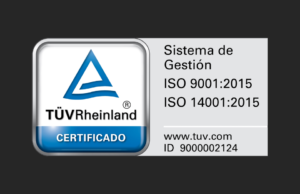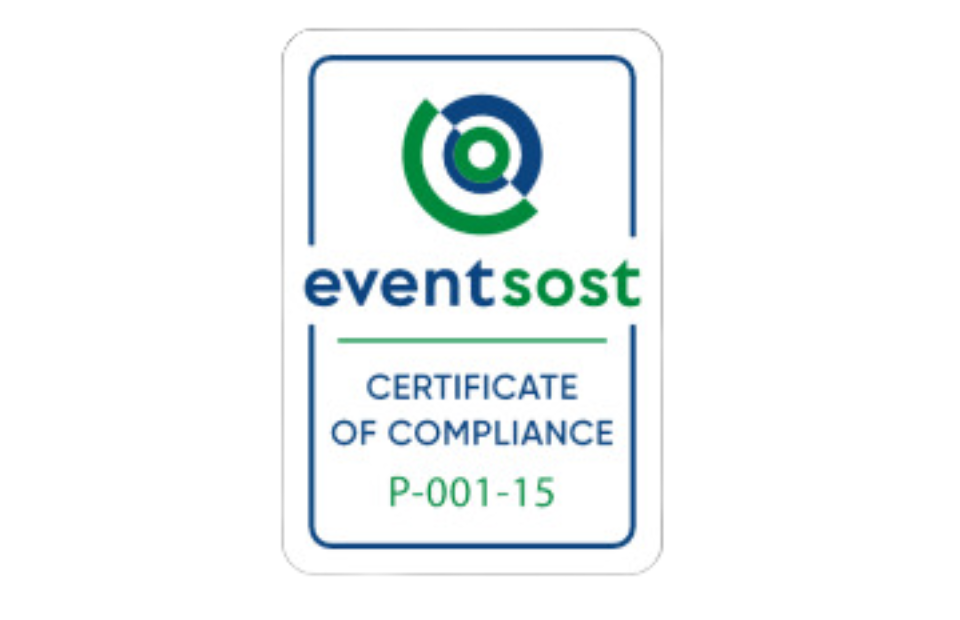Livestock Trade Shows: what they are and their benefit
Livestock trade shows are much more than just commercial showcases. They’re strategic opportunities for networking, boosting brand visibility, and sharing knowledge within the agricultural industry. These events bring together tradition and innovation, reinforcing their role as key platforms for industry growth.
If you’re thinking about participating in a livestock trade show—whether you’re a first-time exhibitor or looking to enhance your presence—this article offers practical tips to help you get the most out of your investment and strengthen your position in the market.
Table of contents
If you’re planning to take part in a livestock trade show, whether you’re exhibiting for the first time or looking to maximize your presence, this article shares practical tips to help you get the most out of your investment and boost your visibility in the market.
What is a livestock trade show, and why does it remain a key part of agricultural marketing?
A livestock trade show is a specialized business event that brings together producers, distributors, veterinarians, investors, and the general public interested in the livestock industry.
These agricultural trade shows have evolved to meet the needs of an increasingly global and tech-driven sector. They’re no longer just about showcasing animals—they now highlight innovations in genetics, nutrition, equipment, and related services. It’s where business deals are made, knowledge is shared, and market trends are closely observed.
Despite the rise of digital tools, in-person livestock events remain essential for building trust and personal connections in an industry as traditional as agriculture. They offer hands-on access to products, live demonstrations, and face-to-face conversations that are hard to replicate in virtual settings.
What are the most important livestock trade shows?
Spain and Latin America host a wide range of internationally recognized livestock trade shows. Some of the most prominent events include:
FIGAN (Zaragoza, Spain): Widely regarded as a benchmark for agricultural innovation, FIGAN welcomed over 1,200 exhibitors and 60,000 visitors in its most recent edition. It’s a top venue to discover the latest advances in livestock machinery, genetics, and technology.
FIMA (Zaragoza, Spain): While primarily focused on agricultural machinery, FIMA also features areas dedicated to livestock solutions, including facilities, equipment, animal nutrition, and health.
Expoagro (Argentina): With nearly two decades of history, Expoagro is one of the most important agribusiness events in Latin America. Alongside its large machinery displays, it offers a strong livestock section featuring cattle, sheep, and goat breeds, along with dedicated spaces for technical and commercial networking.
Agroexpo (Colombia): This show brings together key players in Colombia’s agricultural sector and the Andean region. The program includes livestock judging, auctions, dairy product quality contests, and spaces focused on rural innovation.
Expointer (Brazil): Held at the Assis Brasil exhibition park, which spans over 400,000 square meters, Expointer is one of the largest agricultural fairs in the world. It serves as a strategic meeting point for companies looking to enter the Brazilian market.
What are the benefits of exhibiting at a livestock trade show?
Exhibiting at a livestock trade show can be a game-changer for any business in the agricultural sector. Here are some of the key benefits:
Brand visibility among a highly targeted audience: These events attract professionals with a genuine interest in livestock products and services. It’s a prime opportunity to increase brand exposure and stand out from competitors in front of potential clients.
Lead generation and strategic partnerships: Direct interaction with industry visitors makes it easier to identify business opportunities and build strong relationships. Many trade shows also offer structured B2B meeting agendas to facilitate high-value networking between exhibitors and buyers.
Product launches in a specialized environment: If you’re introducing a new product, service, or innovation, a trade show is the perfect setting to showcase it, gather real-time feedback, and spark interest from a qualified audience.
Stronger positioning in a rapidly evolving sector: Livestock farming is undergoing major shifts driven by technology, sustainability, and changing market demands. Demonstrating how your solutions align with these trends can strengthen your position and credibility in the industry.
What logistics should you plan before attending a livestock trade show?
Solid operational planning is key to making your trade show participation a success. Here are some essential logistics to take care of before the event:
- Booth reservation and setup schedule: Book your space well in advance and make sure you’re clear on the deadlines for setup and teardown. Some trade shows offer turnkey services that can simplify the process.
- Technical and health requirements: Inform the organizers about your needs for electricity, water, internet, and other essentials. If you’re displaying animals or fresh products, check the legal and sanitary regulations you’ll need to comply with.
- Transport and storage: Plan how your materials and products will be transported. There are logistics companies that specialize in trade show support, including temporary storage and on-site assistance.
- Team coordination: Assign clear roles, shifts, talking points, and customer service guidelines for your booth staff. Make sure you have enough brochures, product samples, and promotional materials ready.
Creating a detailed checklist of all pre-show tasks—with assigned responsibilities and progress tracking—can be extremely helpful. It’s also wise to appoint someone as the main point of contact for coordinating with the event organizers and external vendors.
How much does It cost to exhibit, and how do you measure the return on investment?
The cost of exhibiting can vary depending on several factors:
-
Booth size
-
Type of booth (modular vs. custom-built)
-
Additional technical services
-
Travel and accommodation for your team
-
Production of promotional materials
In addition to these visible expenses, there are also less obvious ones—like the time your team invests or the follow-up work afterward—that should be factored into your overall budget.
On this page, you’ll find a tool that helps you estimate the cost of setting up a booth using our VisualWall system.
To measure return on investment (ROI), it’s important to define clear goals before the event—such as the number of leads, meetings, open opportunities, and projected sales. While there are specialized tools for calculating trade show ROI, a simple spreadsheet can work just as well if your metrics are well defined.
You should also consider intangible benefits that are equally valuable: increased brand visibility, competitive insights, and connections with new influencers or decision-makers. Effective post-show follow-up—via email campaigns, surveys, or phone calls—can help you fully capitalize on the effort and investment you’ve made.
What are the most common mistakes first-time exhibitors make?
Here are some common mistakes first-time exhibitors make at livestock trade shows:
- Lack of clear objectives: Without a defined goal, it’s easy to lose focus. Decide what you want to achieve before the show and make sure your team is aligned with that vision.
- Poor visitor engagement: Always have staff available, approachable, and ready to answer questions. An empty or inattentive booth sends the wrong message and can hurt your brand image.
- Untrained booth staff: Your team should be well-versed in your products, prepared with key talking points, and know how to identify leads. Even a short training session can make a big difference.
- Neglecting post-show follow-up: The event doesn’t end when you pack up. From the start, have a follow-up plan in place to reach out to leads, share materials, or schedule meetings.
The best way to avoid these pitfalls is with detailed planning, clear task assignments, and a well-structured briefing with deadlines. If it’s your first time, working with a specialized company can be a smart move—they can support you through the entire process, from booth design to logistics management.
Conclusion
If you’re considering taking part in a livestock trade show or looking to take your presence to the next level, Servis is here to support you. With over 60 years of experience designing and building spaces that connect with people, strengthen brands, and create real business opportunities, we make sure every detail is covered. Each project is backed by a dedicated team that guides you through every step, anticipating challenges so you can enjoy a smooth, stress-free trade show experience.
¿Tienes dudas sobre tu participación en una feria?
¡Solicita nuestro asesoramiento gratuito!
Do you need help managing your exhibition stand?
We’re here to make sure everything runs smoothly.
Let us know what you need, and we’ll get started right away.
Our services
Contact

ISO 9001 and 14001 certified

Certified for CO2 offsetting

Eventsoft certified


